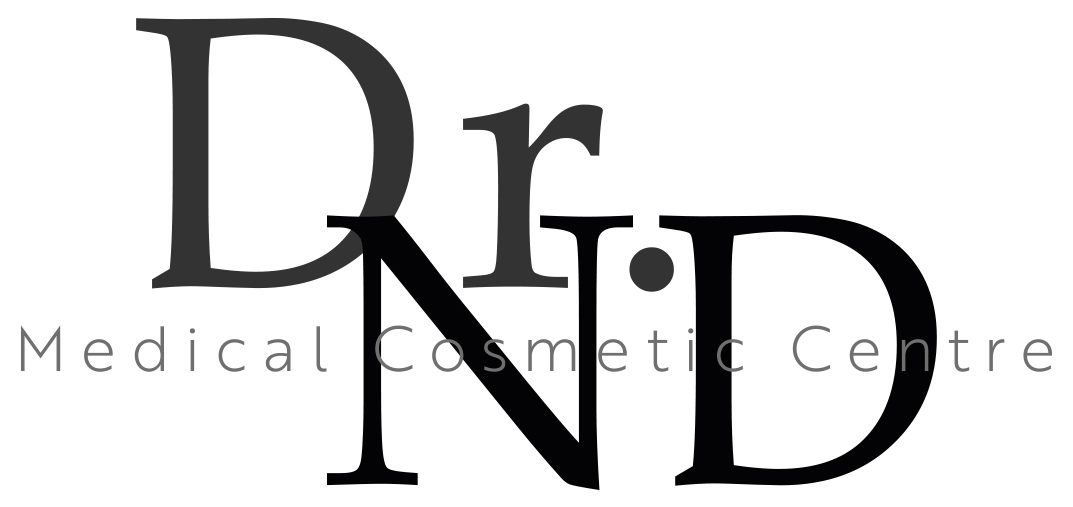Hair Health
The Medical Cosmetic Centre by Dr Nestor is one of few cosmetic clinics in Scotland with a doctor trained in hair restoration surgery, the gold standard treatment in hair loss. We are one of the only centres in Scotland with a dedicated in-house doctor available for consultations and advice. Always accessible, always there for you
Dr Nestor believes in offering only the best, most effective treatments, with high success rates. Dr Nestor has trained under world leading hair restoration surgeons and has been an associated member of the International Society of Hair Restoration Surgeons. Although he no longer offers surgical solutions, he will advise you on treatment options as well as refer you appropriately when needed.
Up to 50% of men will have experienced some degree of hair loss by the time they reach 50. And for many, hair loss will occur far earlier, whilst they are in their 20s, 30s or even late teens.
The main cause for 95% of men experiencing a thinning scalp is something called Androgenic Alopecia – more commonly referred to as Male Pattern Baldness. The hereditary condition occurs when a male hormone called dihydrotestosterone (DHT) causes certain follicles to shrink and produce abnormal hair with a shorter life.
In Male Pattern Baldness, the first area patients typically see hair loss in is the crown, followed by thinning around the hairline and temples, before the mid-anterior scalp is affected.
However, patients all have different experiences of the condition and some may see varying patterns depending on their case.
Other causes of hair loss in men include stress, disease, and physical reactions to medication, though your case is individual to you. Hair loss is always about much more than a receding hair line. It can deeply affect an individual’s confidence and self esteem, and this should be addressed.
Is there a solution? Yes. Minimally-invasive hair transplant surgery.
On average, our head has between 100,000 to 150,000 hairs and we lose up to 100 of them every day. Hair grows in units of 1-4 hairs, which we call follicles or grafts. At any one time, 90% of our hair on our scalp is growing. Our goal during the extraction process is to maximise the yield of high quality follicles from the permanent zone.
Treatments
There are three successful treatment techniques for hair transplant surgery: Follicular Unit Extraction (FUE), and Follicular Unit Transplantation (FUT or Strip Technique) surgery. Both are carried out under local anaesthetic. Both are effective, delivering natural results. One is not better than the other.
All have pros and cons. The best treatment is the one that suits your needs and scalp appropriately. Sometimes, all procedures are needed. Follicles are only inserted one by one, but depending on someones’ suitability, we can utilise two different methods to extract them – either individually or as a strip of follicles.
Regardless of the extraction method used, the final result of the hair transplant procedure will be the same – natural-looking hairline.
During your consultation, Dr Nestor will take a history and examine you. He will discuss surgical and non surgical treatment options.Dr Nestor will give you realistic expectations for what hair transplant surgery can offer you as well as refer you to an appropriate specialist.
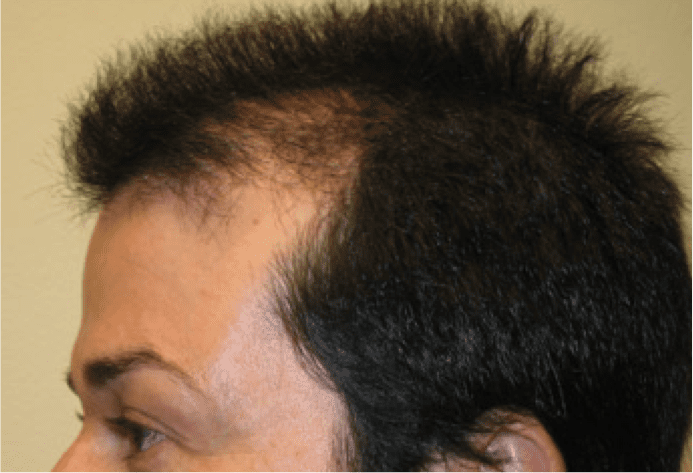
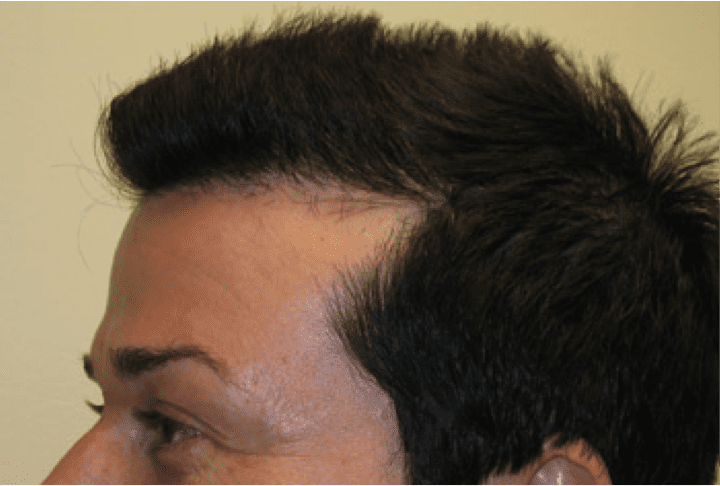
Folicular Unit Extraction (FUE)
Follicular Unit Extraction, or FUE, involves removing healthy hair follicles directly from a donor area on the scalp (usually at the back of the head where the hair is plentiful) and grafting them onto the bald or thinning areas.
The treatment is carried out under local anaesthetic, eliminating risks and downtime associated with other hair transplant procedures. There is no detectable scarring and, in most cases, patients are able to return to work the next day with permanent results.
The method uses a specialised punch device, ranging in diameter from 0.6mm – 0.9mm, to extract follicular units complete with necessary glands. This separates surrounding tissue from the unit, meaning minimum trauma and better results, as well as minimal risk of any detectable scarring. Transplantation of all the vital elements of each hair follicle means a better survival rate and better growth. The treatment is performed under a high powered microscope, using specially designed instruments, allowing the utmost precision for natural-looking, undetectable results.
Advantages of having the FUE Hair Transplant Procedure:
FUE is a minimally invasive treatment, carried out under local anaesthetic – many patients either watch TV, or even fall asleep during the procedure.
Unlike the strip (FUT) procedure, you won’t require any stitches after your treatment. This means that the recovery time is also reduced when compared to the strip surgery.
Results can be undetectable.
We work by hair, not per graft – this ensures that only the strongest, healthiest follicles are selected for your transplant procedure.
Your results will look natural, with denser packing – the hair is implanted in the direction that matches your hair growth, achieving a natural result.
Disadvantages of having the FUE Hair Transplant Procedure:
Based on the pattern of hair loss, it may not be possible to harvest enough hair follicle with this technique alone.


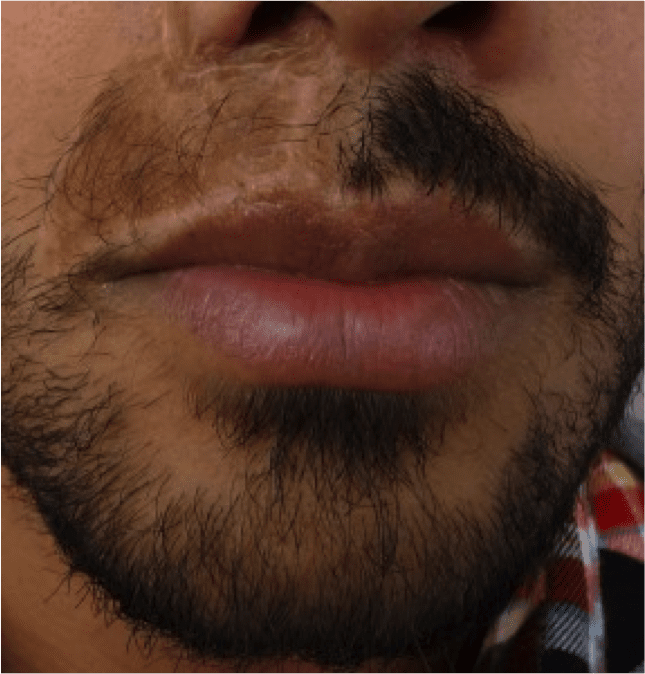
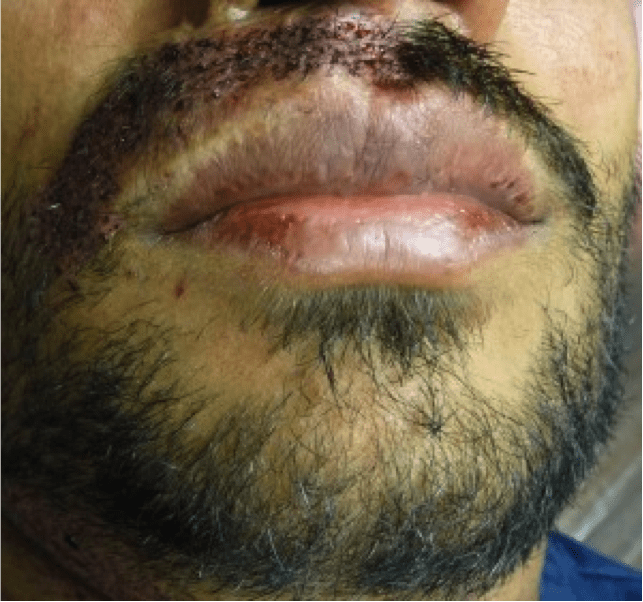
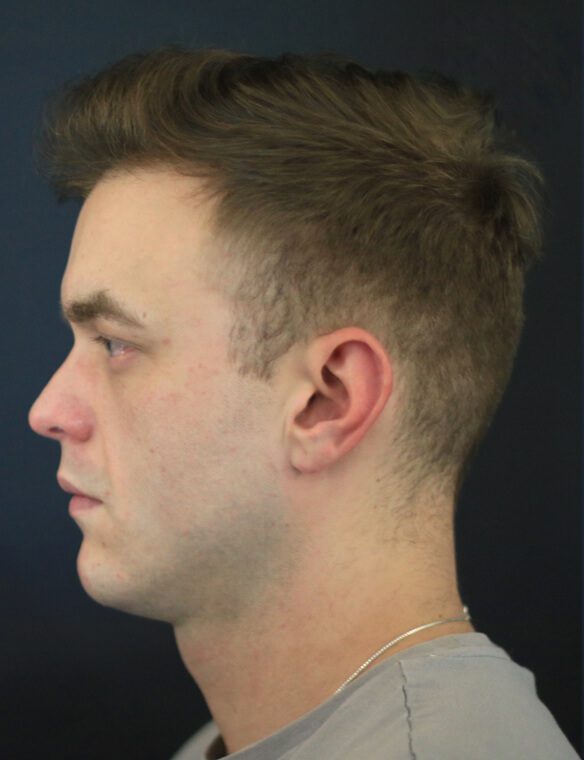
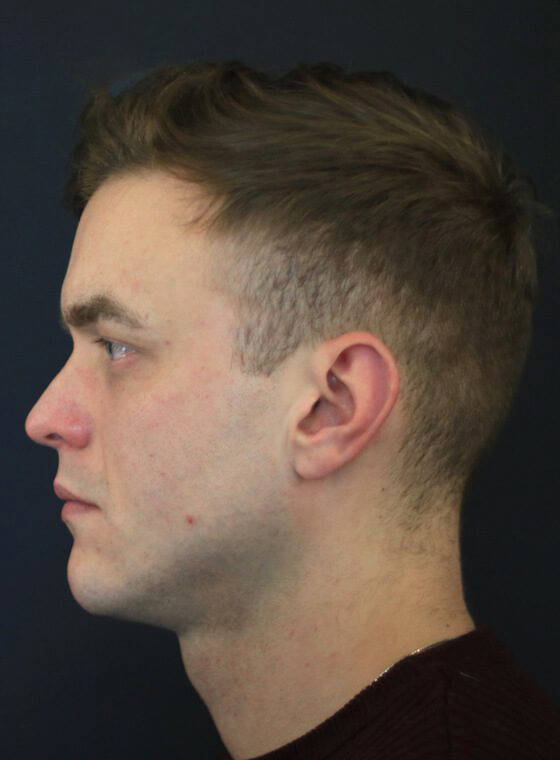
Folicular Unit Transplantation (FUT) – (Strip technique)
In cases where there are not enough follicles to extract individually, then extracting a strip of follicles will be the only option to consider. The strip of follicles is extracted from the middle-portion of the back of the head, because that area is largely immune to DiHydroTestosterone (DHT), which is the ‘killer’ hormone found on the top of your head. The individual follicles are extracted from the lower- and middle-portion of the back of the head and, if needed, also from the sides.
This strip method leaves a fine pale scar at the back of your head, which is easily covered by your own hair. Special attention is given to make precise incisions, with limited blood loss and ensure minimum scarring. Dissolvable sutures are used, which are usually absorbed by 2-3 weeks, although we recommend removal of them between 8 and 12 days after the procedure..
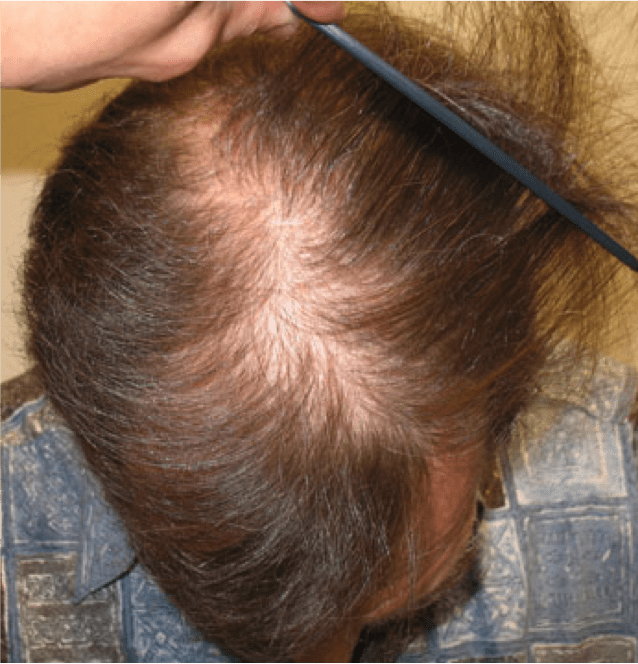
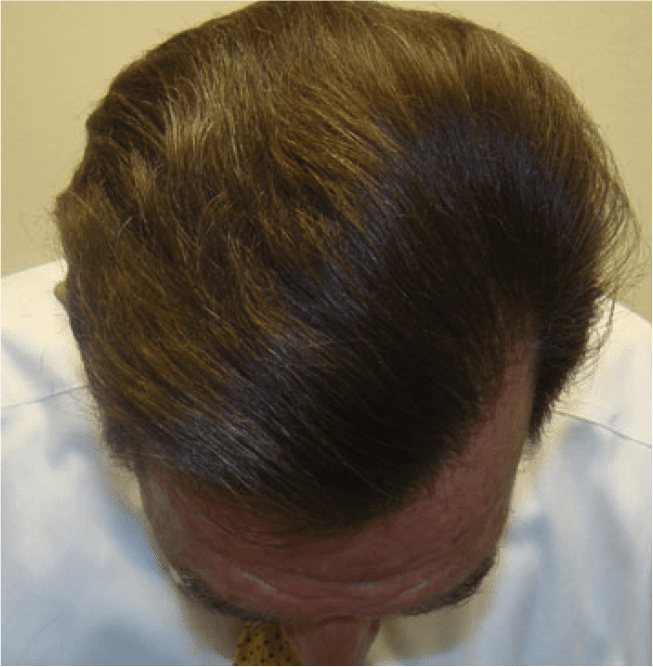
- What is involved?
- What are the risks?
- What is the ‘down time’?
- How much does it cost?
- Is Hair Transplant Surgery for me?
A FUE Hair Transplant procedure consists of two parts:
Extraction (removing the follicles from the donor area one by one)
Implantation (inserting the follicles at the balding area one by one)
FUT:
After the scalp is completely numbed with local anaesthetic, a three to four inch strip of scalp will be removed. After removing the strip of scalp, the surgeon sets it aside and sews the scalp closed.
The strip of removed scalp is divided into approximately 500 to 2,000 tiny grafts containing an individual hair or just a few hairs each. The number and type of graft used depends on the hair type, quality, and colour as well as the size of the area where it will be transplanted.
After the grafts are prepared, the surgeon cleans and numbs the area where the hair will be placed, creates holes or slits with a needle, and delicately places each graft in one of the holes in the natural direction of hair growth.
Depending on the extent of the procedure, the transplant will take approximately four to eight hours. Additional sessions may be needed if you continue to lose hair or decide you want thicker hair.
As with any surgical procedure, hair transplantation carries risks, including bleeding and infection. Other risks that can occur with hair transplants include scarring and unnatural-looking new hair growth.
Around the time new hair growth starts, some people experience inflammation or infection of the hair follicles (folliculitis). This can be treated with antibiotics. Another potential risk is the sudden loss of transplanted hair, called shock loss. This hair loss is rarely permanent.
After hair transplant surgery, your scalp may be very tender. You may need to take pain medication for a few days. Your surgeon will have you wear a surgical dressing over the scalp for at least a day or two.
Most people are able to return to work two to five days after surgery.
Within two to three weeks after surgery, the transplanted hair will fall out, but you will start to notice new growth within a few months. Most people will have attained 60% of new hair growth after six to nine months
The cost of hair transplantation will depend largely on the amount of hair to be transplanted, but it generally ranges from £3,000 to £10,000.
If you are bothered by thinning hair or balding, hair transplantation can significantly improve your appearance and self-confidence. However, it is important to understand that hair transplantation is just that: transplantation of hair you already have to a place where it is more visible. It does not create new hair.


AQ Hair Solutions
As we age our hair follicles become damaged, leading to a loss of hair growth. We naturally produce growth factors in the body which are used to regulate cellular renewal and damage repair process within the skin. Unavoidable ageing can hinder the body’s ability to produce functioning growth factors.
AQ Hair Complex is a tropical growth factor induced therapy designed to mimic, in identical form, the growth produced in the human body.
Used with derma stamp, a hand held tool containing 140 small titanium needles which is gently pressed into the scalp, this will create channels delivering better penetration and absorption of AQ growth factor.
We advise 5 courses of treatment to be carried out, once per week, applying AQ hair complex at home.
Hydrafacial Keravive
Poor scalp health, dry skin, clogged follicles, dead skin cells, lack of circulation –
can lead directly to thinner-looking hair
Hydrafacial Keravive is a unique, relaxing three step treatment designed to cleanse, exfoliate, nourish and hydrate the scalp for healthier and fuller looking hair.
- cleanse and exfoliate
- hydrate and nourish
- extend and enhance
- including an in office component as well as a 30 day take home spray.
Vortex Technology dislodges and removes impurities from the scalp and hair follicle. The Keravive Peptide Complex Solution delivers a hyper-concentrated blend of biomimetic growth factors and skin proteins that hydrate and nourish the scalp.
The result? Healthier, thicker, fuller looking hair.
Price £300 per session including take home product.
3 sessions recommended for optimum results.We advise 5 courses of treatment to be carried out, once per week, applying AQ hair complex at home.
